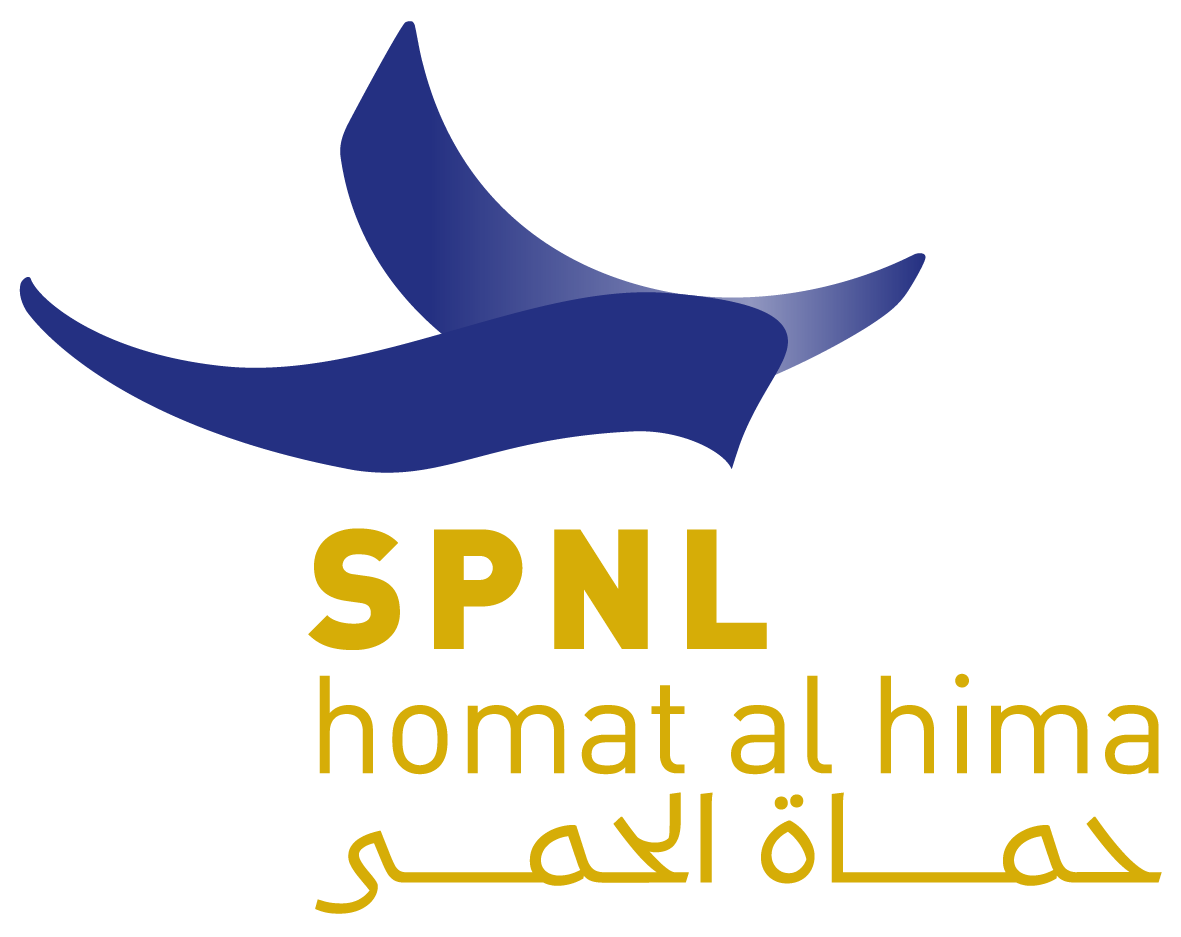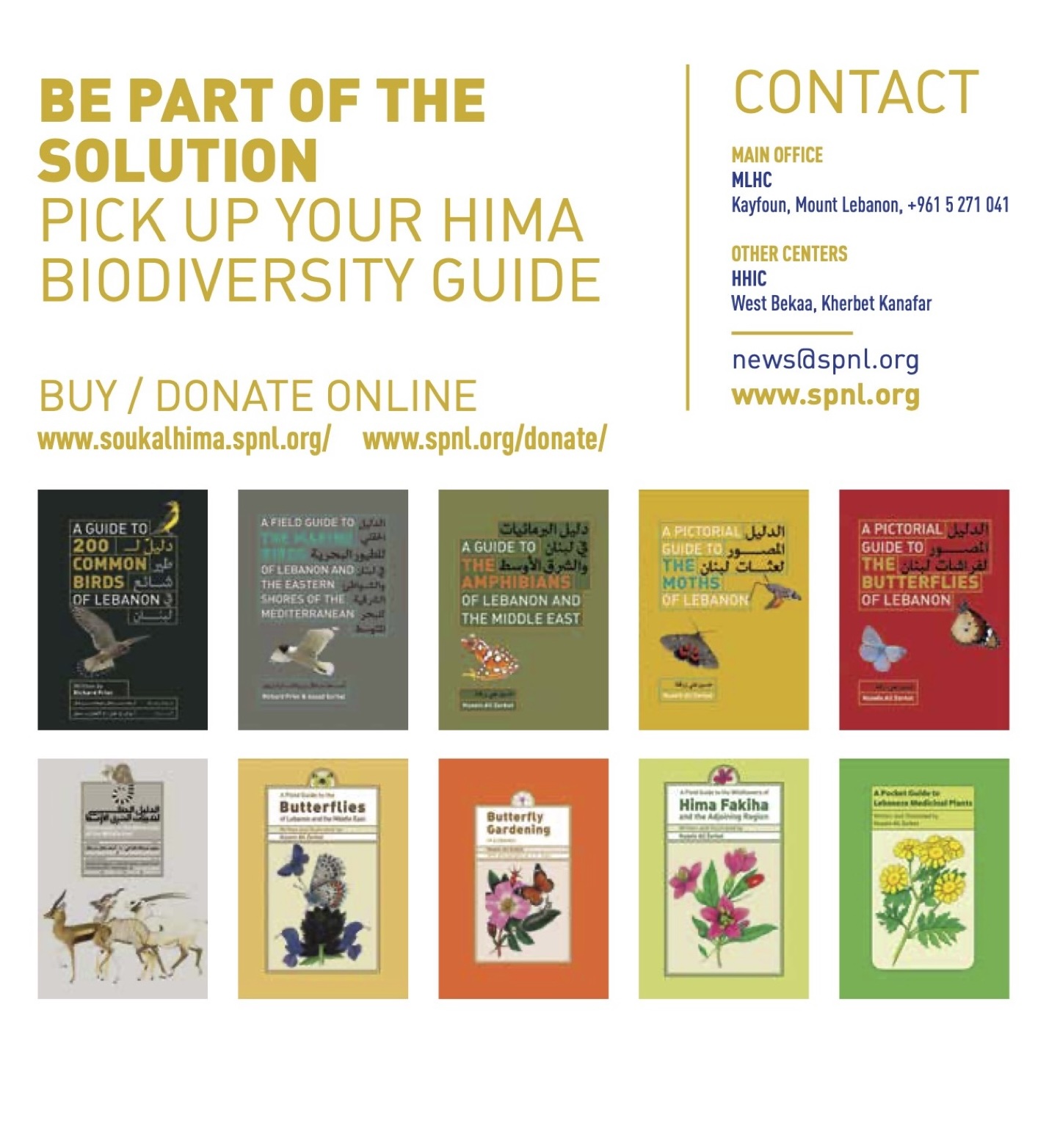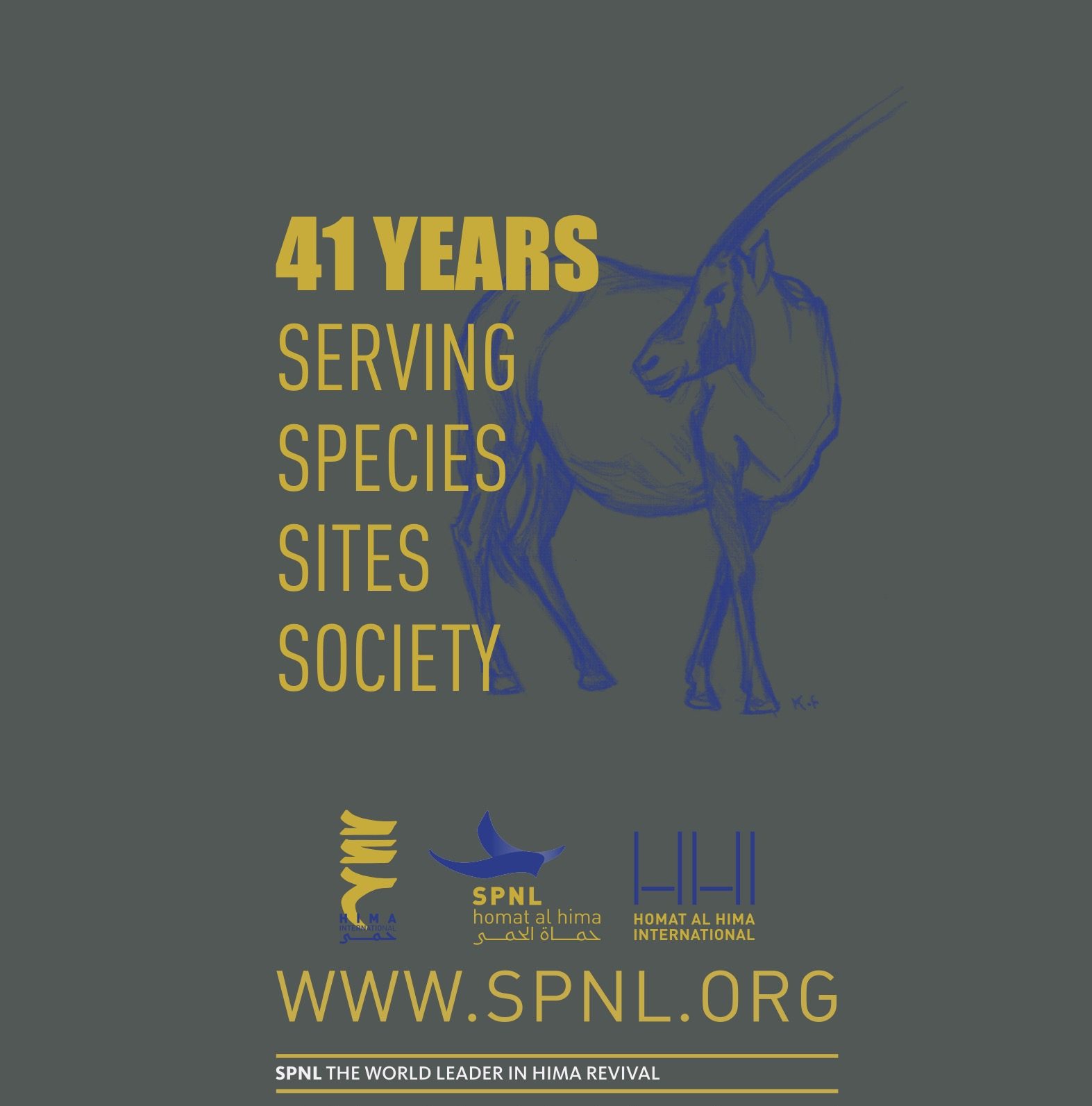Project Overview
Duration: 17 months (June 2025 – November 2026)
Donor: Donors’ Initiative for Mediterranean Freshwater Ecosystems (DIMFE)
Target Area: West Bekaa (Upper Litani and Qaraoun Lake)
Villages Involved: Mansoura (Hima), Ghazze, Joub Jannine, Aana, Tal Dnoub, Kifrayya (Hima), Kherbet Qanafar (Hima), Lala, Ain Zebdeh (Hima), Baaloul, Saghbine, Beb Mereh, Aaitanit (Hima), and Quaraoun (Hima)
Overview: The project aims to restore the ecological health of Lebanon’s freshwater ecosystems, primarily focusing on the Litani River and Qaraoun Lake in the West Bekaa region. These vital water bodies have suffered from severe pollution, endangering aquatic life and local communities. The project’s multifaceted approach includes addressing pollution at its source, sustainable wastewater management, treated wastewater reuse for agriculture, ecosystem restoration and biodiversity conservation, and leveraging the Hima concept for community engagement. It seeks to reduce pollution, promote sustainable practices, and engage local communities in conservation efforts. By reducing direct industrial pollution, reactivating and managing a wastewater treatment plant, fostering youth leadership, promoting sustainable farming practices, and raising environmental awareness, the project aims to create a sustainable framework for freshwater ecosystem conservation.
Why: Municipal wastewater treatment plants (WWTPs) in the target area, especially the Joub Jannine WWTP, are not equipped to handle industrial effluents. Yet, they receive untreated wastewater from local industries, including dairy factories, along with waste cooking oil from households and restaurants. This overload compromises plant performance and environmental safety. The project provides pilot implementation for addressing pollution at its source by promoting pre-treatment of industrial effluents at dairy facilities, in line with Lebanese regulations, and by introducing a waste oil collection system for households and restaurants to enable proper recycling and reuse.
Theory of Change: By engaging selected dairy factories in industrial wastewater pre-treatment and partnering with municipalities and communities in a structured waste cooking oil collection system, the project establishes scalable models for pollution control. These models will demonstrate practical, cost-effective solutions that can be replicated by other industries—both within the dairy sector and beyond—as well as additional municipalities across the watershed. As the approach proves successful, a broader vision for reducing pollution in the Litani River and Qaraaoun Lake will emerge. This vision will be supported by a forecast projecting the positive environmental impact if similar measures were adopted basin-wide, ultimately guiding future interventions and informing policy.
Specific Goals, Activities and Anticipated Results:
| SG1: Stakeholder Engagement and Pollution Source Identification | A1: Develop a baseline assessment report of the current situation in the river, the lake, the WWTP, the wetlands, the agricultural practices, the industrial practices and their impacts | R1: Understanding of the current environmental conditions and the context. |
| A2: Conduct a stakeholders mapping and prioritization for industries directly affecting water quality | R2: A comprehensive map of stakeholders. | |
| A3: Organize meetings with identified key industries in collaboration with LRA | R3: Increased collaboration and engagement with key industries in the area | |
| A4: Deliver three awareness sessions for the industries highlighting the pollution they are causing and the preventive measures they can adopt | R4: Increased awareness among industries about their environmental impact, specifically regarding pollution. | |
| SG2: Industrial Wastewater Management and Model Solutions | A5: Conduct an expert assessment of the wastewater generated at targeted industries and develop recommendations | R5: A detailed assessment report with recommendations for wastewater treatment and pollution reduction. |
| A6: Implement the expert’s recommendations and establishing model initiatives. Conduct follow-up meetings with industries to assess implementation and outcomes. | R6: Successful development of model solutions for industry-specific pollution control, with whey reuse explored as an alternative waste management strategy. | |
| A7: Develop a forecast study to estimate the potential impact of scaling up the pilot implementations to all relevant industries | R7: Development of a forecast report estimating the impact of scaling up the pilot implementations across all relevant industries. | |
| SG3: Community Engagement and Pollution Prevention | A8: Conduct four training sessions for LRA lab staff on industrial WW effluent tests and standards, and develop a manual | R8: Enhanced technical capacity of LRA lab to monitor industrial effluent quality and whey safety. |
| A9: Conduct four community awareness sessions (covering all municipalities of the targeted area) on proper waste disposal practices | R9: Increased community awareness and engagement in proper waste disposal practices across all municipalities in the targeted area. | |
| A10: Initiate a waste cooking oil initiative (barrels distribution and linking municipalities with buyers). Conduct follow-up meetings to assess the implementation of the initiative | R10: Successful launch of the waste cooking oil initiative, with the distribution of barrels in key locations and municipalities effectively linked to buyers for recycling or repurposing. | |
| SG4: Communication and Partnership | A11: Ensure continuous coordination with relevant agencies (LRA, Bekaa Water Establishment, and municipalities) | R11: Improved coordination with relevant agencies (LRA, Bekaa Water Establishment and municipalities) |
| A12: Organize a project launching event and a project closure event | R12: Enhanced visibility of the project | |
| A13: Host regular community events to share project goals, progress, and results, fostering a sense of inclusion and ownership among local residents. | R13: Increased community engagement, understanding, ownership and collaboration, leading to greater support and active participation from the community. | |
| A14: Document and disseminate project results and lessons learned through SPNL website, social media platforms, magazine, short videos… | R14: Promoted replication and upscaling of project results through social media tools | |
| A15: Ensure continuous project documentation and reporting | R15: Enhanced knowledge sharing of project challenges and success. | |
| A16: Award industries involved in the project a certificate from SPNL and LRA to acknowledge their efforts in reducing pollution and inspire other industries to take similar actions | R16: Increased recognition and motivation for industries to continue their pollution reduction efforts, as well as a potential ripple effect where other industries are encouraged to adopt similar sustainable practices |
The Donors’ Initiative for Mediterranean Freshwater Ecosystems (DIMFE)

The Donors’ Initiative for Mediterranean Freshwater Ecosystems (DIMFE) is dedicated to conserving and restoring freshwater ecosystems in the Mediterranean. DIMFE was created in 2021 by three founding members active in the Mediterranean and the Balkans : the Aage V. Jensen Charity Foundation, the MAVA Foundation and the Prince Albert II of Monaco Foundation.






